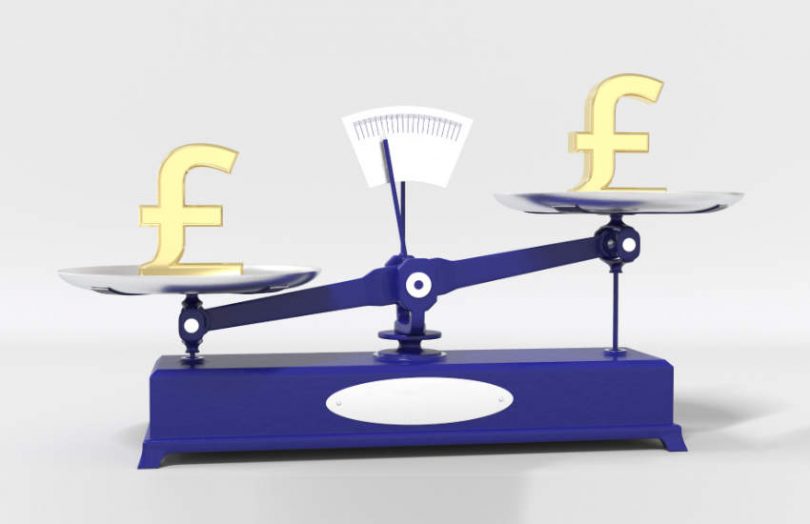In a speech yesterday, the Bank of England’s Andrew Hauser explored how potentially issuing a central bank digital currency (CBDC) might impact the central bank’s balance sheet and monetary policy. He concluded that regulated stablecoins and CBDCs could both increase the size of the central bank’s balance sheet. While the size of its balance sheet sounds like an arcane issue, it matters quite a bit and is explored below.
Central bank responses to COVID have meant the balance sheets of numerous central banks worldwide have ballooned. As quantitive easing is gradually reversed, they will contract, at least partially. However, CBDCs and systemic stablecoins are likely to mean the balance sheet size is significantly larger than it once was.
The Bank of England works with a benchmark that the scale of a retail CBDC could be equivalent to current cash in circulation plus 20% of retail bank deposits. Demand for a retail CBDC will depend on its design, such as whether it bears interest, who is allowed to hold it, any holding limits, and where it can be used.
A CBDC will be an additional liability for the central bank, increasing the size of its balance sheet. However, there will likely be some reduction in commercial bank deposits (reserves) at the central bank, which will offset the CBDC increase. But the decline in reserves will likely be far smaller than the CBDC issuance.
Turning to systemic stablecoins, they will likely be regulated either as narrow banks or non-bank financial institutions. Either way, the backing assets might be held at the central bank. While Hauser noted that stablecoins still have other risks that CBDCs don’t, the effect on the central bank’s balance sheet is pretty similar: it gets bigger.
Why balance sheet size matters?
Bigger isn’t always better, particularly when it comes to central banks.
Usually when a central bank balance sheet expands, it buys up Treasuries in the U.S. or gilts in the UK. If there’s a significant crisis, the central bank might also buy other debt.
In theory, a central bank balance sheet can expand indefinitely, but it creates risks.
The potential issues include:
- Many central banks are deliberately separated from government treasuries, splitting monetary and fiscal policy roles. Owning a large proportion of government bonds means central banks are more involved in fiscal rather than just monetary policy. eg. the U.S. Fed currently owns 25% of Treasuries.
- Central banks need headroom to buy more debt in the case of a crisis. The larger the balance sheet to start with, the less the headroom, as noted by Bank of England Governor Bailey.
- Owning too many bonds can exert long term downward pressure on interest rates, encouraging speculative bubbles.
- Large central bank debt holdings can also interfere with the smooth functioning of the markets and artificially raise demand for lower quality debt.
- Significant amounts of debt on the balance sheet expose the central bank to market risks. If longer term interest rates rise, the value of the assets on its balance sheet declines. But the reserve deposits it owes to banks stay the same resulting in a deficit and the potential need for a bailout.
Earlier this week the Federal Reserve published a paper on the same topic – the impact of a CBDC on monetary policy.






